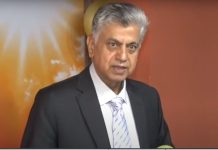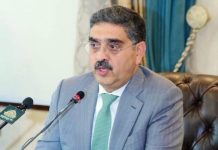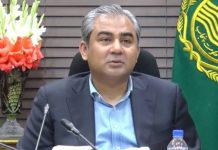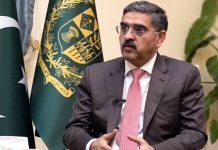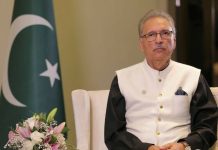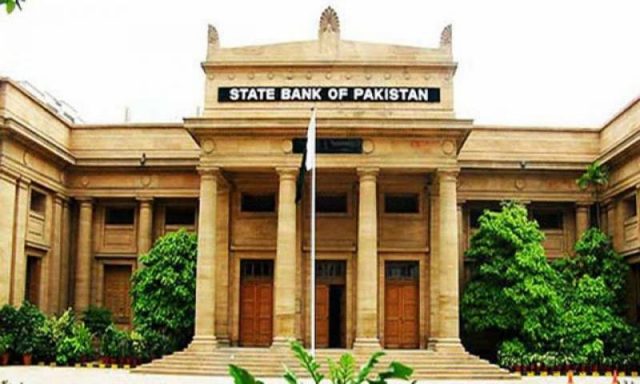
In a statement issued here, the SBP said its decision was based on the Monetary Policy Committee’s view that inflation outcomes have been largely as expected and inflation projections for FY20 have remained unchanged since the last MPC meeting on July 16, 2019. The MPC noted that Pakistan’s monetary policy stance is adequate to slash inflation down to the forecasted target range of five to seven percent in the next two years, the statement said, but added that inflation is expected to increase to an average of 11% to 12% in 2020.
SBP forecasts inflation expected to increase to an average of 11% to 12% in 2020
The MPC noted two key developments since its last meeting that influenced its decision. “First, the interbank foreign exchange market had adjusted relatively well to the introduction of the market-based exchange rate system. The initial volatility and associated uncertainty in the exchange market had subsided. Reflecting these improved sentiments and continued adjustment in the current account, the rupee had strengthened modestly against the US dollar since the last MPC, unlike its previous trend,” the statement read. “Second, on the external front, the US Fed, as anticipated, reduced its policy rate by 25 basis points (bps), followed by policy rate cuts by other major central banks around the world. This would help in lowering pressures on emerging markets’ currencies and potentially increase financial inflows,” it added.
The SBP also noted changes and developments in the real, external, and fiscal sectors. Lastly, the central bank, said the developments were in line with the SBP’s earlier projections and reflected the pass-through of earlier exchange rate depreciation, adjustment in utility prices, and an increase in food prices.
It forecasted the inflation to be around 11 or 12 percent in FY20 but stressed that the risks of higher rate may possibly come from fiscal slippage or other adverse developments or lower rate if oil prices decline, aggregate demand slows faster than expected, or the exchange rate appreciates.
The bank has lifted policy rates nine times since the start of 2018, hiking by 100 basis points at its last meeting in July, as policymakers attempted to keep control of rising inflation, a substantial fiscal deficit and a falling rupee.Though those challenges continued to loom, the currency had firmed and inflation stabilised in August, rising just slightly to 10.5% from 10.3% the previous month. However, analysts pointed out that this was largely accounted for by a series of changes to the way the rate was calculated, such as including prices from rural areas and decreasing the weightings of some items, such as housing and transport. Under the previous measure, the inflation rate would have jumped to 11.6%.


